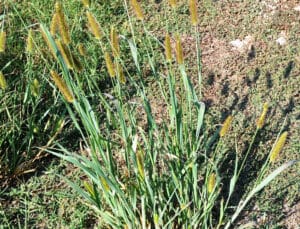Cornus spp.
Description
Signaling the start of spring with a wave of bright blooms, the Pink Dogwood Tree is an iconic flowering variety. But unlike other springtime bloomers, you get unbelievable color variation.
This Dogwood’s flowers begin as a light pink and then get slightly deeper as your tree ages…never giving you the same color twice! These blooms are especially remarkable against the Dogwood’s vibrant greenery and broad, upright growth habit. And in autumn, you still get color with red leaves that set your landscape ablaze.
Gray stems with bright red fruit and cinnamon-checkered bark welcome winter and entices graceful wildlife, like songbirds and cardinals. With the low-branching, naturally symmetrical Pink Dogwood, you get four seasons of vibrancy and good looks.
And you get this month-to-month interest hassle-free since this tree thrives in any soil type, tolerates drought, and keeps growing down to -10 degrees. Forget spending hours planting and toiling in your garden – with the Pink Dogwood, you get a professional look with virtually no upkeep.
Planting
Choose a planting site for your Dogwood with well-drained soil and full to partial sun (4 to 6 hours of sunlight with some afternoon shade). Dig a planting hole for your dogwood that is two times the width of your tree’s root ball and just as deep. Place your tree in the planting hole, keeping the top of the root ball even with the ground. Backfill your soil, water to settle the roots, and tamp down the surrounding soil. Finally, mulch around the base of the tree to conserve soil moisture.
Watering
Water your tree weekly or check the surrounding soil for dryness. If your soil is dry about 3 or 4 inches down, water the area.
Tip: Lighter green leaves are a sign of overwatering, while drooping leaves can signal underwatering.
Fertilizing
Dogwood Trees do not require feeding, but if you use fertilizer, feed in April or May with any general-purpose fertilizer.
Pruning
| Growing Information | |
| Mature Height: | 15-25 ft |
| Mature Width: | 15-25 ft |
| Sunlight: | Full to Partial Sun |
| Bloom Time: | |
| Growth Rate: | Fast |
| Grows Well in Zones: | 5-9 |
| Your Growing Zone: | 6 |





